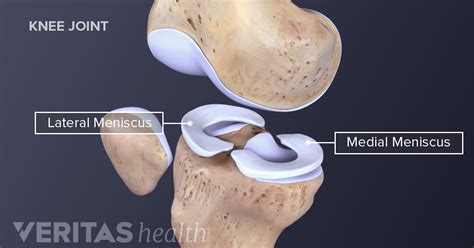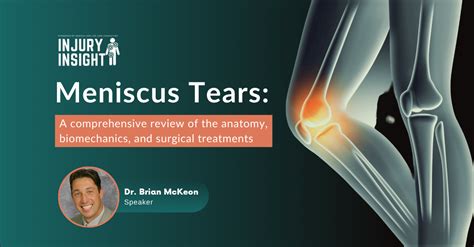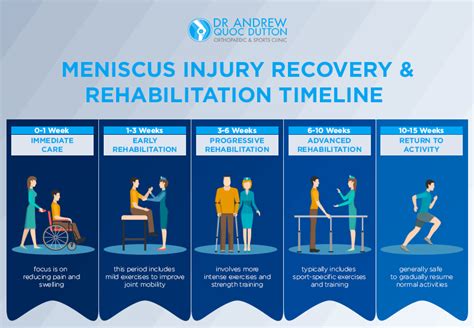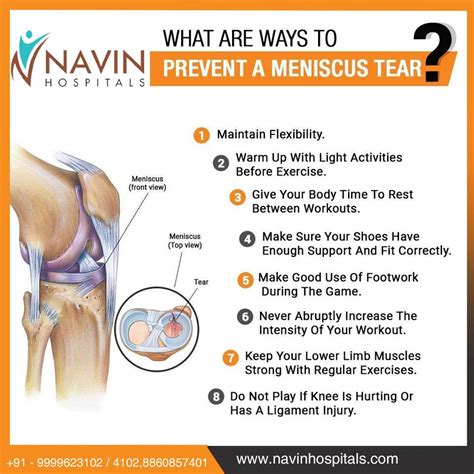Intro
Discover 5 effective ways to fix a meniscus tear knee, including surgery, therapy, and exercises, to alleviate knee pain and restore mobility, using treatments like arthroscopy and physical rehabilitation.
The meniscus is a crucial component of the knee joint, providing cushioning and support to the bones. A meniscus tear can be a painful and debilitating injury, affecting daily activities and overall quality of life. The importance of addressing meniscus tears lies in their potential to cause long-term damage and osteoarthritis if left untreated. Understanding the various treatment options available is essential for individuals seeking to alleviate symptoms and restore knee function. This article aims to delve into the different methods of fixing a meniscus tear, exploring both non-surgical and surgical approaches.
Meniscus tears can occur due to various reasons, including sports injuries, aging, and wear and tear. The symptoms of a meniscus tear may include pain, swelling, and difficulty moving the knee. In some cases, a piece of the torn meniscus may become lodged in the joint, causing it to lock or catch. Given the complexity of the knee joint and the importance of the meniscus, it is crucial to seek medical attention if symptoms persist or worsen over time. A healthcare professional can diagnose a meniscus tear through a physical examination and imaging tests, such as an MRI.
The approach to treating a meniscus tear depends on several factors, including the size and location of the tear, as well as the individual's overall health and activity level. While some meniscus tears may require surgical intervention, others may be managed through conservative treatments. It is essential to understand the benefits and risks associated with each treatment option to make an informed decision. By exploring the different methods of fixing a meniscus tear, individuals can better navigate their treatment journey and work towards achieving optimal knee health.
Understanding Meniscus Tears

Causes and Symptoms of Meniscus Tears
The causes of meniscus tears can be attributed to various factors, including sports injuries, aging, and wear and tear. Athletes who participate in high-impact sports, such as football and basketball, are at a higher risk of developing meniscus tears. Additionally, individuals who have a family history of meniscus tears or have experienced previous knee injuries may be more prone to developing this condition. The symptoms of a meniscus tear may include pain, swelling, and difficulty moving the knee. In some cases, a piece of the torn meniscus may become lodged in the joint, causing it to lock or catch.Treatment Options for Meniscus Tears

Non-Surgical Treatments for Meniscus Tears
Non-surgical treatments for meniscus tears may be recommended for individuals with small tears or those who are not candidates for surgery. Physical therapy is a crucial component of non-surgical treatment, as it can help improve knee function and reduce pain. A physical therapist can create a personalized exercise program to strengthen the muscles around the knee and improve flexibility. Pain management may also involve the use of medications, such as non-steroidal anti-inflammatory drugs (NSAIDs) or corticosteroid injections. Additionally, lifestyle modifications, such as avoiding high-impact activities and maintaining a healthy weight, can help alleviate symptoms.Surgical Treatments for Meniscus Tears

Meniscectomy and Meniscal Repair
Meniscectomy and meniscal repair are two common surgical treatments for meniscus tears. Meniscectomy involves the removal of the torn meniscus, which can help alleviate symptoms and improve knee function. However, this approach may also increase the risk of developing osteoarthritis in the long term. Meniscal repair, on the other hand, involves repairing the torn meniscus, which can help preserve the meniscus and reduce the risk of osteoarthritis. The decision to undergo meniscectomy or meniscal repair depends on several factors, including the size and location of the tear, as well as the individual's overall health and activity level.Recovery and Rehabilitation after Meniscus Tear Treatment

Importance of Rehabilitation after Meniscus Tear Treatment
Rehabilitation after meniscus tear treatment is essential for achieving optimal knee health. A well-structured rehabilitation program can help improve knee function, reduce pain, and reduce the risk of further injury. The rehabilitation program may involve a combination of exercises, such as strengthening exercises, flexibility exercises, and functional activities. Strengthening exercises can help improve the strength of the muscles around the knee, while flexibility exercises can help improve range of motion. Functional activities, such as squats and lunges, can help improve knee function and reduce the risk of further injury.Preventing Meniscus Tears

Strategies for Preventing Meniscus Tears
Several strategies can help prevent meniscus tears, including: * Maintaining a healthy weight to reduce the stress on the knee joint * Avoiding high-impact activities, such as running and jumping * Strengthening the muscles around the knee, such as the quadriceps and hamstrings * Improving flexibility and range of motion through stretching exercises * Wearing proper footwear and using protective gear, such as knee pads, during sports activitiesConclusion and Final Thoughts

We invite you to share your thoughts and experiences with meniscus tears in the comments below. If you have any questions or concerns, please do not hesitate to reach out. We are committed to providing you with the most accurate and up-to-date information available.
What are the symptoms of a meniscus tear?
+The symptoms of a meniscus tear may include pain, swelling, and difficulty moving the knee. In some cases, a piece of the torn meniscus may become lodged in the joint, causing it to lock or catch.
What are the treatment options for meniscus tears?
+The treatment options for meniscus tears may include non-surgical treatments, such as physical therapy and pain management, or surgical treatments, such as meniscectomy or meniscal repair.
How can I prevent meniscus tears?
+Several strategies can help prevent meniscus tears, including maintaining a healthy weight, avoiding high-impact activities, and strengthening the muscles around the knee.
